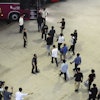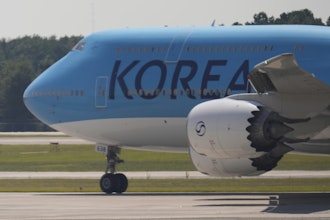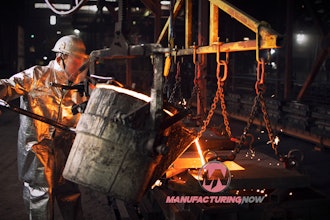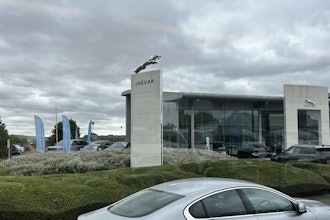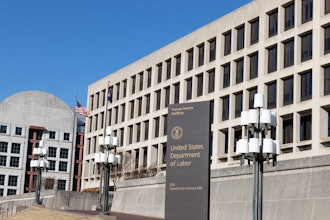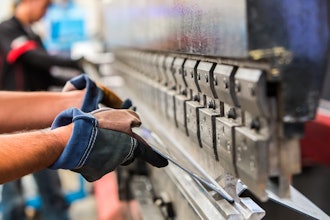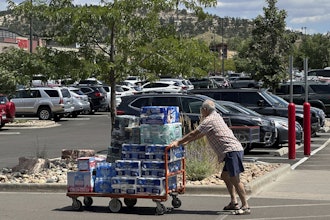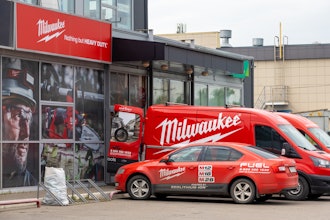General Aluminum has also noted other benefits from the new refractory material. "Furnaces are easier to clean," says General Aluminum's facilities manager Jim Muchiarone. "They're also more resistant to oxides so there's less build-up on the walls and the floor. The furnaces hold their capacity and have better heat retention as a result."
Founded in 1943, General Aluminum provides permanent and semi-permanent mold castings to automotive, industrial and commercial markets. Products include automotive parts such as pump housings, intake manifolds and clutch retainers, and non-automotive parts such as surgical table components and electric-meter housings. The company operates three facilities in Ohio, one in Indiana, two in Michigan and one in Mississippi. Each has multiple furnaces, representing a range of furnace types and sizes. Melting capacities range from 800 lbs. to 6,000 lbs. per hour.
The company's normal maintenance schedule requires every furnace to be cleaned every day. In the past, this was a difficult job. The walls, floors, and doors were scraped with metal implements to remove aluminum oxide buildup that occurs when molten aluminum contacts air. The cleaning process had to be so aggressive that it often removed part of the refractory as well. This was particularly true for the doors, which needed relining every two months. Also, oxide has a tendency to penetrate conventional high-alumina refractories to such a degree that it cannot always be removed during regular cleaning operations. "We had some oxide growths the size of basketballs at the metal line area," says Muchiarone. As aluminum oxide penetrates and builds up on the walls of a furnace, it reduces the unit's capacity and can even deform the walls to such a degree that major repairs are required. In areas of the furnace where oxide buildup is bad, heat-retention suffers, making the furnace work harder to hold a batch of metal at a given temperature.
To address these problems, furnaces were occasionally shut down for a more thorough cleaning. Much of the refractory material would come off with the oxide, however, requiring costly repairs to the lining at that time as well. Eventually, the furnace would need a complete relining. When this happened, it was shut down for three-weeks. The task required five people and cost $175,000.
A sales representative suggested trying Thermbond, a family of two-part engineered refractories that consist of a dry formulation and liquid activator. Materials are supplied as pre-measured components that are blended to form a bonded refractory. The key advantage of this material in aluminum foundry applications is that it is completely and naturally non-wetting to aluminum without the use of additives. Other refractories typically use additives to achieve non-wetting characteristics, which eventually oxidize out of the products causing them to lose their effectiveness. This feature means that oxides can easily be removed during nightly cleaning operations without damaging the underlying refractory, ultimately resulting in a longer lining life.
Muchiarone agreed to test Thermbond on the doors of some of the Conneaut plant's smaller furnaces. "The doors have a blade that gets submersed into metal, and over time they deteriorate and fall off into the metal," Muchiarone says. "We were willing to try something new because we were relining all these 4-ft.-wide by 8-ft.-high doors every two months." The new refractory material tripled that time, says Muchiarone, lasting up to 12 months. This success led General Aluminum to adopt the product for all of its furnaces as they come due for relining. And when new furnaces are purchased, the company now specifies to the manufacturer that they be lined with Thermbond.
According to the manufacturer, Thermbond reaches a high compressive strength within an hour of casting. It cures within a few hours after it is applied with no outside heat. In most applications, this refractory can be put into service immediately after bake-out. Daily cleaning is also simplified because less aluminum oxide adheres to the walls of the furnace, and removing the oxide that does form is easier. General Aluminum says it no longer spends several labor hours per furnace on cleaning. And since fewer oxides stick to the refractory, "The capacity of the furnace holds up longer," says Muchiarone, "and heat retention is better."



